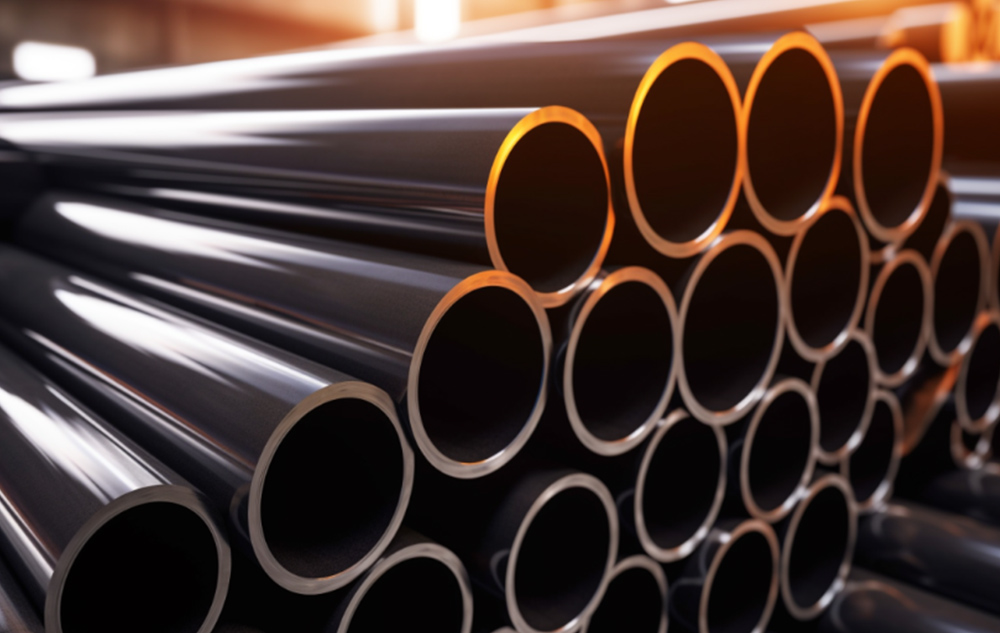
Welding Thin Stainless Steel Tubes Techniques and Best Practices
Welding thin stainless steel tubes is a crucial process in various industries, including automotive, aerospace, and food processing. Due to the unique properties of stainless steel, such as its corrosion resistance and strength-to-weight ratio, it is often the preferred material for fabricating components in challenging environments. However, welding thin materials presents its own set of challenges, including the risk of distortion, burn-through, and maintaining the integrity of the material. This article delves into effective techniques and best practices for successfully welding thin stainless steel tubes.
Understanding the Material
Stainless steel is an alloy primarily composed of iron, chromium, and other elements that enhance its properties. The most commonly used grades for welding thin tubes are 304 and 316. While 304 stainless steel is widely employed for its excellent corrosion resistance and weldability, 316 offers better marine and chemical resistance due to the addition of molybdenum.
When welding thin stainless steel, generally defined as material with a thickness of 3mm (0.12 inches) or less, it is essential to understand the metal’s thermal properties. Stainless steel has a high thermal conductivity, which can lead to rapid heat dissipation during the welding process. This can make it more challenging to achieve the necessary fusion without burning through the material.
Choosing the Right Welding Process
Several welding processes could be employed to weld thin stainless steel tubes, including MIG (Metal Inert Gas), TIG (Tungsten Inert Gas), and laser welding. Each method has its own advantages and is suited for specific applications.
1. TIG Welding Known for its precision, TIG welding is an excellent choice for thin stainless steel. It uses a non-consumable tungsten electrode and a shielding gas, typically argon, to protect the weld pool from contamination. The ability to control the heat input allows for clean, strong welds with minimal distortion. However, TIG welding requires skilled operators and can be slower compared to other methods.
2. MIG Welding MIG welding is often used for its speed and ease of use. It involves feeding a continuous wire electrode through a welding gun, which also supplies a shielding gas. While MIG welding can produce high-quality welds, it may require additional preparation and settings adjustments for thin materials to minimize the risk of burn-through and warping.
3. Laser Welding For high-precision applications, laser welding offers incredible control and precision. This method uses a focused laser beam to melt the metal, providing deep penetration and a narrow heat-affected zone. Laser welding is particularly beneficial for thin tubes that require minimal distortion and a high-quality finish.

Best Practices for Welding Thin Stainless Steel Tubes
To achieve optimal results when welding thin stainless steel tubes, follow these best practices
1. Cleanliness Ensure the surface of the stainless steel tubes is clean and free of contaminants such as oil, grease, rust, or oxidation. Cleaning can be done using solvents or mechanical methods such as wire brushing or grinding.
2. Joint Design Consider the joint design carefully. Butt joints and lap joints are common in tubing applications, but proper fit-up is essential to ensure even heat distribution during welding.
3. Machine Settings Adjust the welding machine settings according to the tube thickness and welding method chosen. For thin stainless steel, using appropriate voltage, amperage, and travel speed can significantly reduce the risk of burn-through and distortion.
4. Heat Management Control the heat input by using rapid travel speeds, multiple passes, or cooling methods to reduce heat buildup. This is crucial in preventing warping, especially when working with thin materials.
5. Back Purging For TIG welding, consider back purging with argon to protect the backside of the weld from oxidation. This is particularly important when welding tubes where the inner surface is likely to be exposed to corrosive environments.
Conclusion
Welding thin stainless steel tubes requires careful consideration of various factors, including material properties, welding processes, and techniques. By choosing the right method and adhering to best practices, fabricators can achieve high-quality welds that maintain the integrity and durability of stainless steel components. With advancements in technology and techniques, the future of stainless steel tube welding looks promising, paving the way for innovative applications across multiple industries.